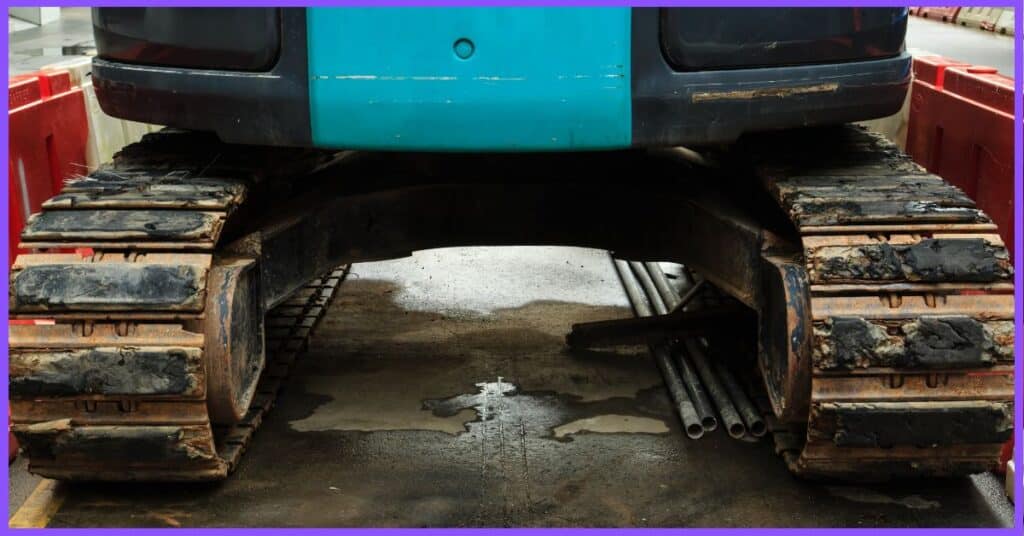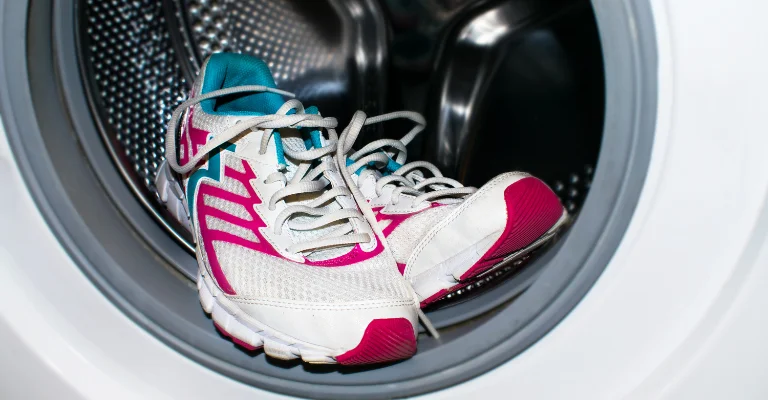The Benefits of Ice Cleats for Rubber Excavator Tracks
Stay safe and keep your excavator running with our durable ice cleats for rubber tracks. Perfect for icy terrain, they make your excavator operations smoother and more efficient.
If you own an excavator, you know how important it is to keep your machine up and running, especially in harsh weather conditions. Snow and ice can cause severe damage to your rubber excavator tracks and, if not addressed, can result in costly repairs and downtime.
That’s where ice cleats come in. In this article, we’ll explain what ice cleats are, how they work, and why they’re necessary for protecting your rubber excavator tracks in the winter.
What are Rubber Excavator Tracks?
Excavator track cleats are made of a durable rubber material that provides traction on various surfaces, including dirt, sand, and rocks. These tracks are essential for the mobility of the excavator and can withstand a lot of wear and tear.
However, in cold weather conditions, rubber excavator tracks can become stiff and lose their grip on icy surfaces. That’s where ice cleats come in.

What are Ice Cleats, and Why Do You Need Them?
Ice cleats attach to rubber excavator tracks for better traction on icy surfaces. They come in various shapes and sizes and can be made of metal, rubber, or plastic. Without ice cleats, your excavator could lose traction on icy surfaces, making it difficult to operate and increasing the risk of accidents and damage to your machine.
How do Ice Cleats Work?
Ice cleats penetrate the ice and grip the surface, providing more traction for the excavator. The type of ice cleat you choose will determine the level of traction you get. Some ice cleats have spikes or studs that dig into the ice, while others have chains that wrap around the rubber tracks to provide traction.
Factors to Consider When Choosing Ice Cleats
There are several factors to consider when choosing ice cleats for your excavator tracks, including:
1. Type of Work Environment
The work environment you’ll use for your excavator will determine the type of ice cleats you need. For example, if you’re working on a construction site with uneven terrain, you’ll need ice cleats with spikes or studs to provide maximum traction.
2. Size and Weight of the Excavator
The size and weight of your excavator will also play a role in the type of ice cleats you choose. Larger excavators may require heavier-duty ice cleats to provide sufficient traction.
3. Type of Rubber Excavator Tracks
Your rubber excavator tracks will also impact the type of ice cleats you need. Some rubber tracks are more durable and can withstand more wear and tear, while others may require more specialized ice cleats.
4. Budget
Ice cleats come in various price ranges, so it’s essential to consider your budget when choosing the right ones for your excavator.
Types of Ice Cleats for Rubber Excavator Tracks
There are several types of ice cleats available for rubber excavator tracks, including:
1. Chain Ice Cleats
Chain ice cleats are metal chains that wrap around the rubber tracks for maximum traction. They work well in rugged terrain and icy conditions but can be noisy and may cause damage to delicate surfaces.
2. Spiked Ice Cleats
Spiked ice cleats have metal spikes that dig into the ice to provide traction. They are more versatile than chain ice cleats and work well in various conditions, but they can also be noisy and cause surface damage.
3. Stud Ice Cleats
Stud ice cleats have metal studs that dig into the ice to provide traction. They are less aggressive than spiked ice cleats but provide good traction on icy surfaces. They are also less damaging to surfaces than chain or spiked ice cleats.
4. Strap-On Ice Cleats
Strap-on ice cleats are made of rubber or plastic and attach to the rubber tracks with straps. They are lightweight and easy to install but may not provide as much traction as the other types of ice cleats.
5. Ice lug
An ice lug is an ice cleat used to improve the traction and stability of heavy equipment on icy or slippery surfaces, such as dozers and excavators. Ice lugs are usually welded on top of the existing grouser (the metal bar that runs across the track) and have spikes or studs that dig into the snow or ice. Ice lugs can help prevent accidents and increase productivity for equipment operators working in winter conditions.
Installation of Ice Cleats on Rubber Excavator Tracks
Proper installation of ice cleats is essential for their effectiveness and safety. Here are the steps to follow when installing ice cleats on your excavator tracks:
1. Preparation
Before installing ice cleats, clean the rubber tracks and remove any debris that may interfere with the installation process.
2. Putting on the Ice Cleats
Follow the manufacturer’s instructions to put on the ice cleats. Some ice cleats may require special tools or additional hardware to install.
3. Adjustment
Once the ice cleats are installed, adjust them to ensure they are securely fastened and positioned correctly.
Maintenance of Ice Cleats
Regular maintenance of ice cleats is essential for their longevity and effectiveness. Here are some tips for maintaining your ice cleats:
1. Cleaning
Clean the ice cleats after each use to remove any debris or buildup that may interfere with their effectiveness.
2. Storage
Store the ice cleats in a dry, cool place when not in use to prevent rust and other damage.
Advantages of Using Ice Cleats
Using ice cleats on your excavator tracks has several advantages, including:
- Increased traction on icy surfaces
- Reduced risk of accidents and damage to the machine
- Increased productivity and efficiency in cold weather conditions
Common Mistakes to Avoid When Using Ice Cleats
To ensure the safety and effectiveness of your ice cleats, avoid the following mistakes:
- Installing the wrong type of ice cleats for your work environment
- Improper installation or adjustment of ice cleats
- Not cleaning or maintaining ice cleats regularly
Tips for Safe Use of Ice Cleats
Here are some tips to follow for safe use of ice cleats:
- Always follow the manufacturer’s instructions for installation and use
- Use caution when operating the excavator on icy surfaces
- Avoid using ice cleats on delicate surfaces that may be damaged
Conclusion:
In conclusion, ice cleats are essential for protecting rubber excavator tracks in cold weather conditions. By choosing the right type of ice cleats and properly installing and maintaining them, you can increase the traction of your excavator and reduce the risk of accidents and damage.
FAQs:
Q: Will the ice cleats damage my rubber excavator tracks?
A: No, our ice cleats are designed with non-abrasive materials and will not cause any damage to your rubber tracks. They are specifically made to provide extra traction on icy surfaces without compromising the integrity of your equipment.
Q: How do I install the ice cleats?
A: Installing our ice cleats is a quick and easy process. Slip them over each track and tighten the straps until they are snugly secured. We recommend checking them periodically throughout use to ensure they remain tightly fastened.
Q: Are these ice cleats suitable for all types of weather conditions?
A: Our ice cleats are specifically designed for use on icy surfaces but can also be used in snowy or slushy conditions. However, it is essential to note that excessive wear may occur if used in severe or extreme weather conditions.
Q: Are these ice cleats suitable for all types of weather conditions?
A: Our ice cleats are specifically designed for use on icy surfaces but can also be used in snowy or slushy conditions.




